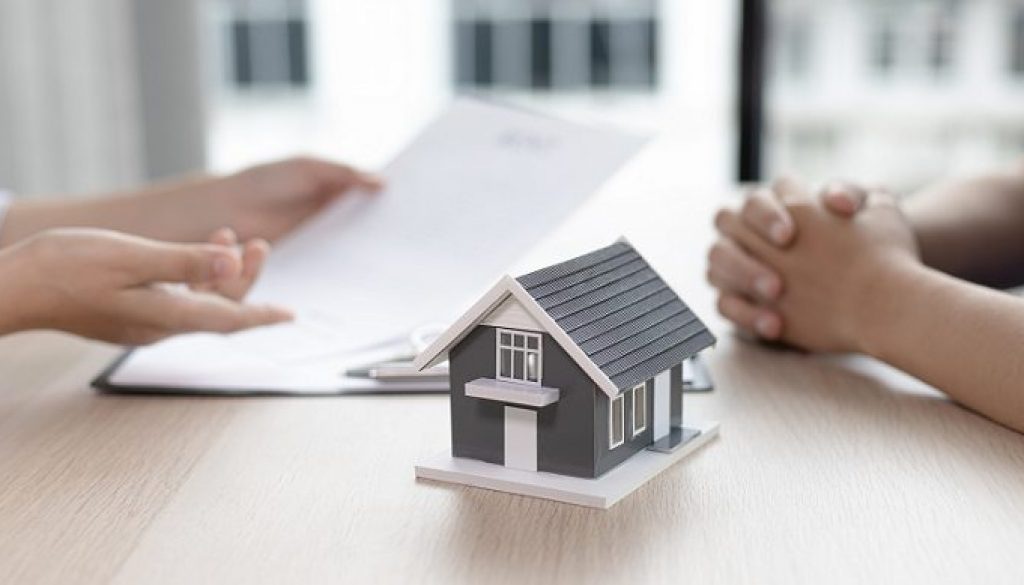Changes in laws across the years and world events have seen a rise in pet ownership in rental properties as more renters are finding it acceptable to have pets in their properties. If you choose to have a pet approved on a residential tenancy agreement, pet proofing will be in your best interest.
As with all pet ownership, there are things to consider in the care and use of the property as well as the safety of the animal.
Install baby gates and barriers as part of your pet proofing plan
Pet urine can do all kinds of irreparable damage to carpets and floorboards. When you decide to bring home a pet, ensure that you have a plan with baby gates or barriers to section them off from certain areas while you are training.
It is recommended to install temporary floor covers or puppy pads during the initial process to protect the carpets and floors. Keep in mind that any pet damage that occurs to the property is the responsibility of the tenant and it can quickly add up.
Section off part of the yard to minimise damage
One thing that many puppies love to do is dig. If you have a backyard, section off part for their use and encourage them not to dig with treats and activities to keep them occupied. If they do happen to find that digging holes is the best fun, make sure that you fill in the holes and returf or reseed the area as needed.
Choose safe indoor plants
Pet proofing can be a journey of discovery, did you know that many indoor plant species can be harmful to cats and dogs? If you are a lover of indoor plants, make sure that you check that they are not toxic to cats or dogs as this can lead to costly vet bills and expenses.
Training is the best reward
Obedience training of your pet is key to a great relationship between you and your pet. Your neighbours will also appreciate an animal that is well trained, especially in cases of smaller spaces where dogs may bark during the day when they miss you while you are away.
You might like to consider investigating options in your area for dog walkers and sitters who will keep your pet occupied while you are away or at work.
Check your rental is suitable and budget for the end of tenancy
Before applying for a rental property, check thoroughly for suitability for you and your pet so that you will both feel at home in the new space. If it is an apartment, make sure that there is sufficient space and amenities and that the building allows pets.
Make sure that when you are planning to vacate there are funds available to pay for professional cleaning of carpets and flooring and pest control that is required under different tenancy legislation. You will also be responsible for costs associated with any damage to paint, gardens, lawns, and property fixtures.
There will likely be many other steps you may find necessary when pet proofing your rental home, depending on your pet and any unique habits they have. By taking as many pet proofing steps as possible you, your pet and your property will have a safe and happy tenancy.



